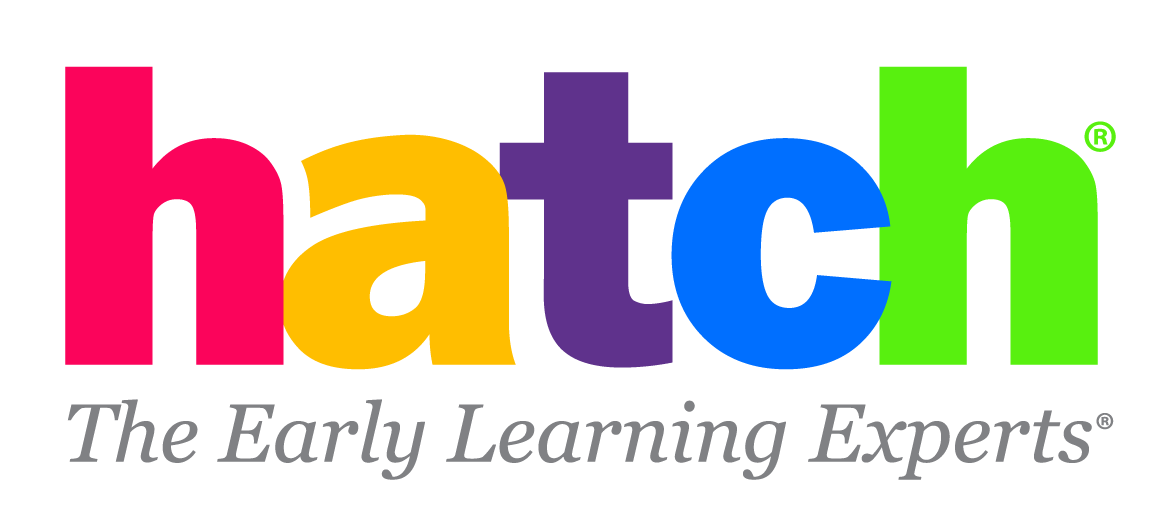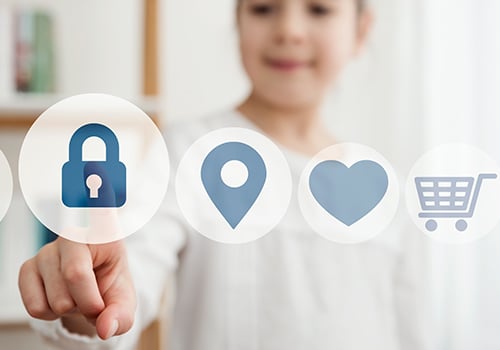We’re living more of our lives on the internet and in front of screens than ever before. Every day, mobile technology more closely resembles magic: It has helped us become more connected and efficient, and opened up worlds that were once only visible in our imaginations. Classrooms have been impacted by technology just as much as other parts of the world, which can be exciting territory for educators.
But as one high-profile hacking scandal after another is splattered across headlines, it’s natural to be nervous about a child’s data when you’re evaluating technology for your early learning classroom. Trusted companies and service providers like search engines, hotel chains, credit bureaus, city governments, department stores and more have found themselves vulnerable to hackers. Personal data like a child’s medical history, behavioral notes and financial records can be exploited if it falls into the wrong hands.
Over the course of their academic careers, children will amass an enormous amount of data – report cards, student identification numbers, test scores and more. Since 2013, over 100 new student privacy laws have passed in 40 states. However, federal and state legislatures aren’t moving fast enough to protect a child’s digital history. So what can educators do to protect the children in their classrooms?
1. Understand how data is being used (and where it’s kept).
Educators should understand where the data that is collected in their classroom goes, and how it can be used. Is children’s data encrypted? How is data stored? Who can access and use the information that gets collected? How long will that data live online?
2. Know the rules and laws that govern your district and state.
No singular, consistent set of child privacy laws exist yet. While there are five major federal regulations that regulate how child data can be stored and used - Family Educational Rights and Privacy Act (FERPA), National School Lunch Act (NSLA), Individuals with Disabilities Education Act (IDEA), Protection of Pupil Rights Amendment (PPRA), and Children’s Online Privacy Protection Act COPPA (COPPA) - regulations about things like video recording, social media use and directory information can be inconsistent and confusing.
3. Be critical of the cost.
“Free” is rarely, truly free. If you are allowed to choose the apps or web-based tools you use in your classroom, be especially wary. By using a free platform, you might be “paying” for it with your data or children’s data. Never use apps or programs that haven’t been vetted by your school or district.
4. Advocate for technology literacy training:
Most data breaches, including the ones that happened to Target, Home Depot and Sony, are due to human error. Innocent missteps like clicking a link from a suspicious email, choosing a weak password or leaving your web-based account open on a public computer can leave your data exposed. Consider a password manager or other secure way to protect your devices. Your administrator or school’s IT specialist should be able to recommend a solution that follows your district’s privacy regulations.
If you’re curious about protecting student privacy and data security best practices for educators, check out this resource guide from the U.S. Department of Education.

